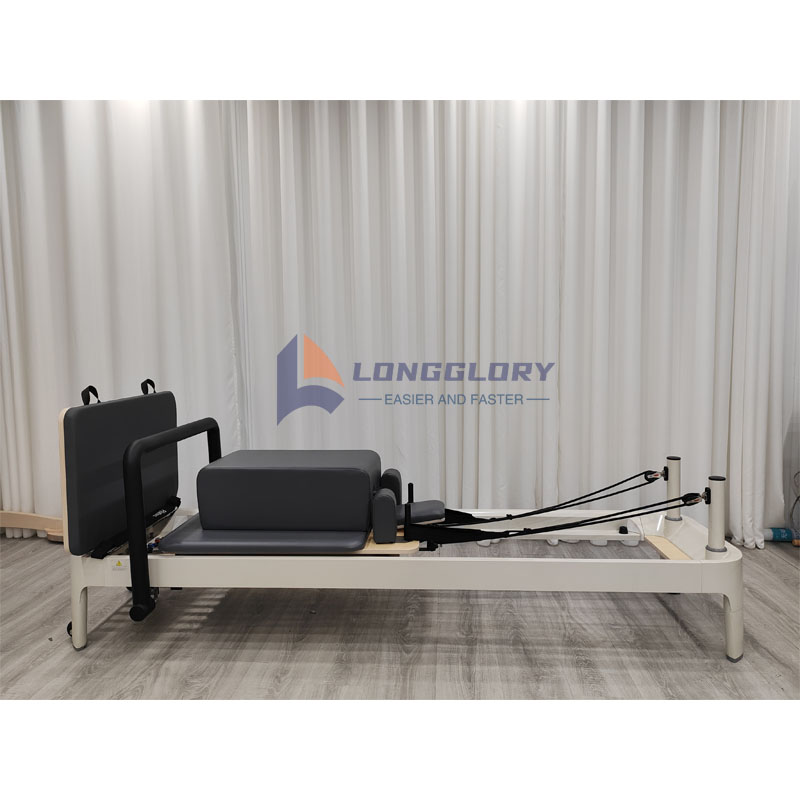- English
- Español
- Português
- русский
- Français
- 日本語
- Deutsch
- tiếng Việt
- Italiano
- Nederlands
- ภาษาไทย
- Polski
- 한국어
- Svenska
- magyar
- Malay
- বাংলা ভাষার
- Dansk
- Suomi
- हिन्दी
- Pilipino
- Türkçe
- Gaeilge
- العربية
- Indonesia
- Norsk
- تمل
- český
- ελληνικά
- український
- Javanese
- فارسی
- தமிழ்
- తెలుగు
- नेपाली
- Burmese
- български
- ລາວ
- Latine
- Қазақша
- Euskal
- Azərbaycan
- Slovenský jazyk
- Македонски
- Lietuvos
- Eesti Keel
- Română
- Slovenski
- मराठी
- Srpski језик
What Exercises can be Done on the Pilates Reformer?
2024-05-09
Pilates, as a comprehensive fitness system, focuses on building muscle strength, improving posture, and improving body flexibility through a series of carefully designed movements and posture exercises. In order to assist this training process, the Pilates Reformer came into being. It not only helps practitioners master the correct postures more accurately, but also adds additional challenges and diversity to training. Using the Pilates Reformer, you can mainly perform the following types of training:
1. Core strengthening: The core of Pilates training is to strengthen the core muscles-this is the key to maintaining body balance and stability. With the Pilates Reformer, we can perform exercises such as abdominal curls, rowing movements, and balance challenges to target the core area and improve overall athletic performance.
2. Strength shaping: Pilates Reformer provides more possibilities for strength training. By adding resistance, we can perform movements such as squats, push-ups and presses, effectively exercising key muscle groups such as thighs, buttocks, chest muscles and shoulders, and creating a tighter and stronger body line.
3. Stretching and flexibility: Pilates emphasizes the flexibility and stretching of the body, which is crucial for preventing sports injuries and improving body mobility. Using the Pilates Reformer, we can perform stretching and stretching exercises more smoothly, such as split pigeon pose, split pose, splits, etc., to help the joints become more flexible and the posture more elegant.
4. Balance and coordination: In Pilates training, balance and coordination training are also indispensable. The Pilates Reformer provides a variety of balance challenges, such as standing on one foot, squatting on one foot, and balancing postures on one foot. These exercises can improve our sense of balance and coordination, and enhance body stability and control.





